In Focus
New mathematical equation by Japan group could boost nuclear plant safety
New mathematical equation by Japan group could boost nuclear plant safety
Also medical management of a particular syndrome.
India seeks to get 15% of electricity from renewable sources by 2020
Possibly affecting clean coal technologies.
India's wind industry players confident of reaching 60 GW goal
Achievement is pegged by 2022.
China pushes through with nuke dreams amid buoyant market views
3rd largest nuke power operator is up and coming.
China investigates former head of firm assigned to clean Beijing air
"Severe violations" are being probed.
Why another tariff cut for Chinese IPPs is highly unlikely now
Will coal miners give way to IPPs?
Indian power sector loses $16.2b to theft every year
And now, a $21.6b solution has come.
China sets up $32b energy company to cut Beijing pollution
And boost efficiency in the energy industry.
India slashes floor price for solar-energy credits to 3,500 rupees
It's eyeing to boost demand.
Asia's nuclear power dreams threatened by cheaper prices for natural gas
Strong government support may not be enough.
Here is Singapore's largest Clean Development Mechanism project
It has a whopping 800-MW capacity.
Asia's energy demand to jump by a whopping 37% by 2025
Will the region's low GDP growth further affect this?.
Power demand growth in China falls 1.5% y-y in August
The first demand retreat since May 2009.
Singaporeans giddy over installing their own solar panels: survey
The next 5 years will see a tenfold increase.
Power companies to reap big benefits from China's economic rebalancing: Moody's
Coal prices are also seen to fall.
Blossoming opportunities await China's waste and water sector
Thanks to government support.
India’s electricity appellate tribunal grants partial stay on CT award in Adani Power facility
Cash flows on CT account to begin.



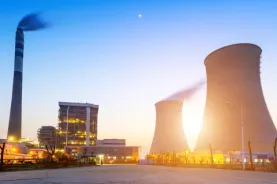

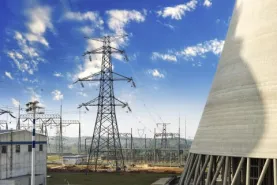


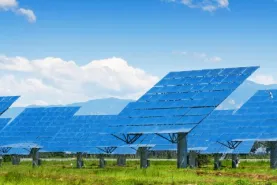


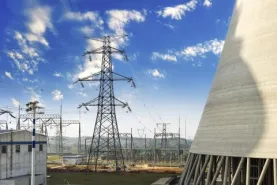




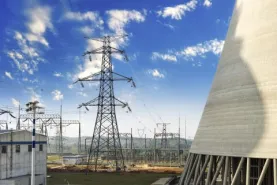

 Advertise
Advertise















Commentary
How pump retrofits boost profitability and efficiency in ageing power plants